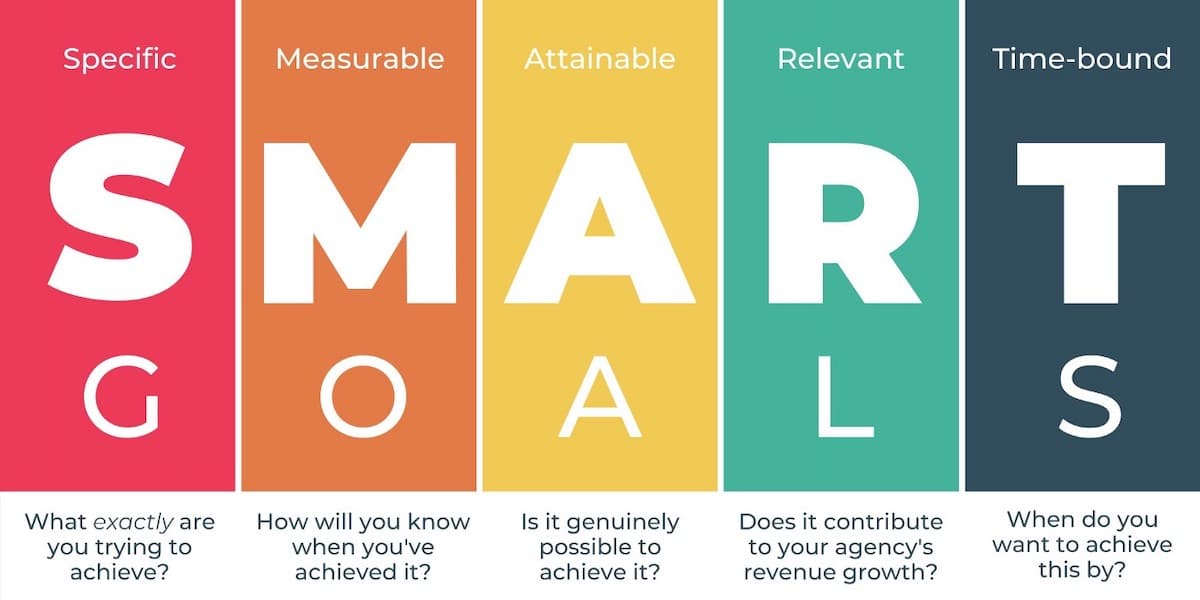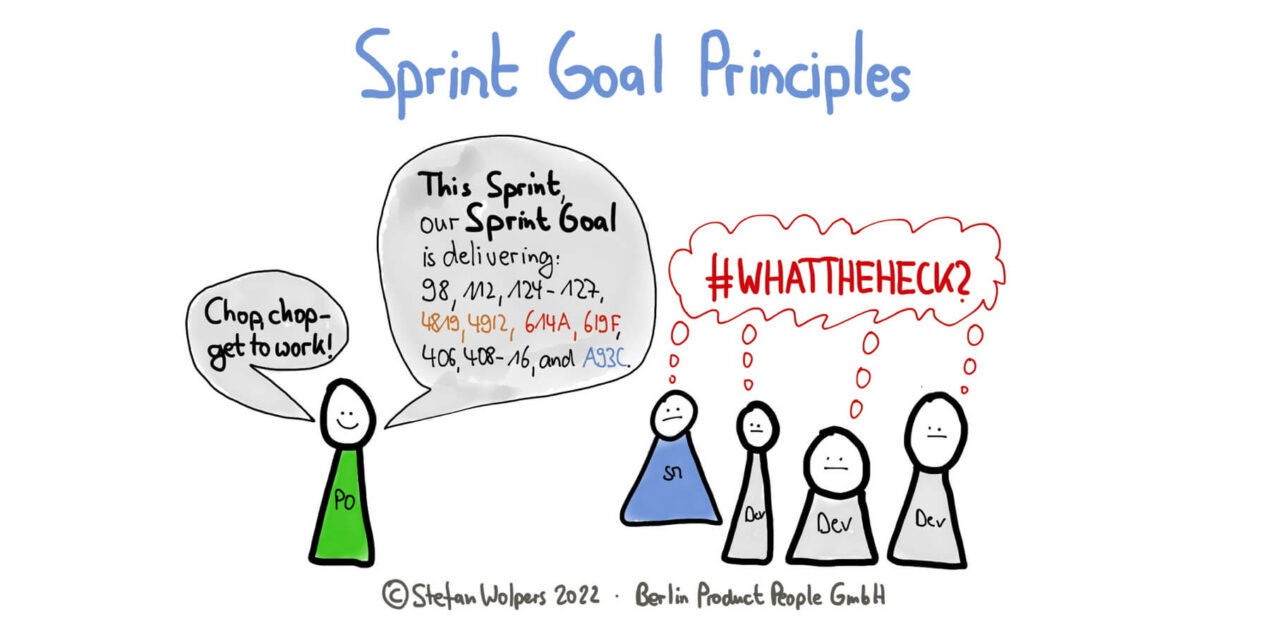Team Common Goals: Techniques To Achieving Team Alignment
By Team Lean Agile Intelligence

Techniques To Achieving Team Alignment
One of the fundamental aspects of an agile team is achieving common tangible product and team goals. Agile processes are based on empiricism, we must set goals, achieve them, and then inspect and adapt based on feedback. So, when team alignment and common goals are achieved, success is inevitable.
In this post, we discuss the best practices of Team Common Goals. Following the foundational techniques at different stages of your learning journey, you can ensure to learn about the best strategies to bring back to the team. However, Team Common Goals is just one part of the big picture, if you want a holistic view of your team's current process status, take advantage of our free agile assessment for Team Agility.
Team Common Goals and The Learning Journey
At Lean Agile Intelligence, we recognize Team Common Goals as the alignment of team members. We divided the learning journey into 4 different stages: Developing, Emerging, Adapting, and Optimizing. In the following sections, we will discuss each stage in detail as well as provide practical tips and techniques to help you extend your skills in this area.

Source - How to write effective SMART goals
Developing
Teams that are “developing” an understanding of the value of Team Common Goals and adopting the foundational techniques should focus on the following improvements
-
The What: The team has common goals defined by the backlog item definition of done and acceptance criteria
-
The How: At a minimum, the team can use the current prioritization and product backlog items details as starter goals during the iteration.
-
Utilizing “SMART” objectives is a great starting point for formulating goals. “SMART” objectives were created by Peter Drucker in 1981.
-
Specific – It’s important to start with stating the intended outcome. Some questions you can ask to help you create a specific objective could be: What needs to be accomplished, What steps need to be taken to achieve it?
-
Measurable – The measures may be descriptive, yes/no, quantitative, or provide a range. A question to ask could be: How we will know we have achieved our goal?
-
Achievable – Goals should be realistic and within the team’s control and influence.
-
Realistic – Goals should be reasonable, realistic and resourced, results-based
-
Time-bound – The team should agree to the time period of which the goal can be achieved and commit to the achieving within that time period while informing others of the intent.
-
-
-

Emerging
Teams that are “emerging” beyond the foundational techniques of Team Common Goals and are embracing it as they become more proficient, should focus on the following improvements
-
The What: The team has a common, clear, and transparent Iteration (i.e., Sprint) goal and adapts throughout the iteration to achieve it
-
The How: A sprint goal states the purpose of a sprint while acting as a shared objective for the team to achieve. Roman Pichler has a fantastic template which you can use to formulate sprint goals. You can utilize the entire template or whatever is appropriate for your context. It’s important to note that the goal is formulated throughout sprint planning and finalized by the end. It is not dictated from the beginning. It’s a good practice for Product Owners to have an idea of what the goal could be based on the prioritization and express that to the team at the beginning. This allows for the focus during the sprint to be about achieving the goal and not given set of output. For example, at the daily scrum, the team reviews progress towards the sprint goal, and then creates a plan for the next 24 hours to achieve it. The scope of the spring backlog can be adjusted as needed throughout the sprint to achieve the sprint goal.
-
* * * * * *
"Utilizing “SMART” objectives is a great starting point for formulating goals."
* * * * * *
Adapting
Teams that are “adapting” the Team Common Goals practice to extract the full benefit, should focus on the following improvements
-
The What: The team has common goals beyond Acceptance Criteria, Definition of Done, and iteration (i.e., sprint) goals and is incented the same way
-
The How: Incentivization can be aligned with these common goals beyond Acceptance Criteria, Definition of Done, and iteration goals to motivate and reward Agile teams for their collaborative efforts and achievements. The specific incentivization approach may vary depending on the organizational culture, team dynamics, and individual preferences. Some examples of incentivization approaches can include financial bonuses, recognition programs, team celebrations, or career advancement opportunities. Let's look the goals that team can focus on:
-
Outcome-Based Goals: These goals can be aligned with the organization's strategic objectives and may include metrics such as customer satisfaction, user engagement, revenue growth, or process efficiency. By setting outcome-based goals, Agile teams can have a shared vision of the desired results and work collaboratively towards achieving those outcomes.
-
Quality and Technical Debt Goals: This can include goals related to code quality, automated testing coverage, code review feedback, and reduction of technical debt. By aligning on quality and technical debt goals, Agile teams can prioritize and invest in activities that ensure the long-term maintainability, stability, and sustainability of their products or solutions.
-
Continuous Improvement Goals: These goals can focus on areas such as team communication, collaboration, and cross-functional skills development. By setting continuous improvement goals, Agile teams can foster a culture of learning, experimentation, and innovation, and strive for ongoing excellence in their ways of working.
-
Team Performance and Velocity Goals: This can include goals related to sprint velocity, cycle time, or lead time, which are indicators of the team's productivity, throughput, and efficiency. By setting performance and velocity goals, Agile teams can focus on improving their delivery capabilities, identifying and addressing bottlenecks or impediments, and achieving a sustainable pace of work.
-
Innovation and Creativity Goals: This can include goals related to generating new ideas, exploring new technologies, or experimenting with novel approaches. By encouraging and incentivizing innovation and creativity, Agile teams can foster a culture of continuous learning, adaptability, and innovation, and drive improvements in their products, processes, and solutions.
-
Collaboration and Knowledge Sharing Goals: This can include goals related to cross-functional collaboration, information sharing, and fostering a culture of open communication and transparency. By setting collaboration and knowledge-sharing goals, Agile teams can encourage team members to work collaboratively, leverage each other's expertise, and collectively contribute to the team's success.
-
Customer and User-Centric Goals: This can include goals related to customer feedback, user adoption, or customer retention. By aligning with customer and user-centric goals, Agile teams can ensure that their work is focused on delivering value to their customers or users and meeting their needs and expectations.
-
-

Source - Nine Sprint Goal Principles to Get Your Scrum Team Going
Optimizing
Teams “optimizing” the knowledge sharing of the Team Common Goals practice learnings across the enterprise should focus on the following improvements
-
The What: The team's common goals and incentives focus on customer outcomes and experiences
-
The How: It’s a good practice to create product OKR’s (Objectives and Key results) that focus on customer outcomes and experiences. The two basic components are “Objectives,” which define what you are trying to accomplish and “Key Results” are quantitative measures of the success of the objectives.
-
-
Some examples include:
-
Achieve a Net Promoter Score (NPS) of 85%
-
Increase recurring website visitors to up to 5 per week
-
60% of new sign ups become weekly active users.
-
Positive response rate of new features is above 80%
-
-
-
-
* * * * * *
"Once the team feels confident in their own success with common goals, they help enable other teams by sharing their experiences at COP,s internal blog posts, lunch and learns, etc."
* * * * * *
Conclusion
In conclusion, achieving common tangible product and team goals is a fundamental aspect of agile teams. Agile processes are based on empiricism, which means setting goals, achieving them, and then inspecting and adapting based on feedback. As teams progress from developing to optimizing, they can focus on improvements such as defining SMART objectives, creating sprint goals, implementing product OKRs that focus on customer outcomes, and sharing their learnings with other teams across the enterprise. By continuously striving to achieve common goals and improving their techniques, agile teams can deliver compelling product visions and achieve greater success. Our free agile assessment for Team Agility provides a complete overview of your team's process status, so if you're interested, give it a try.